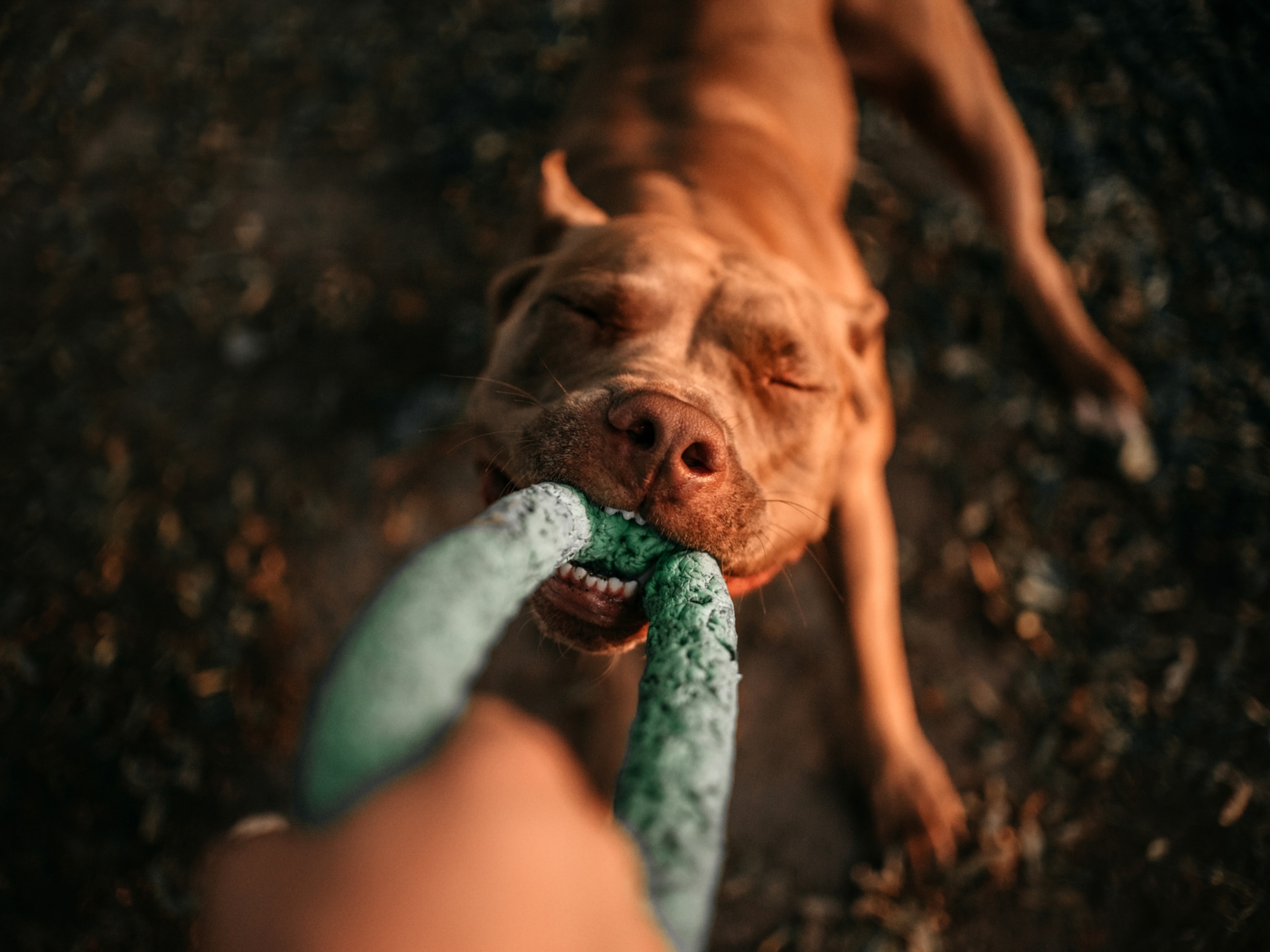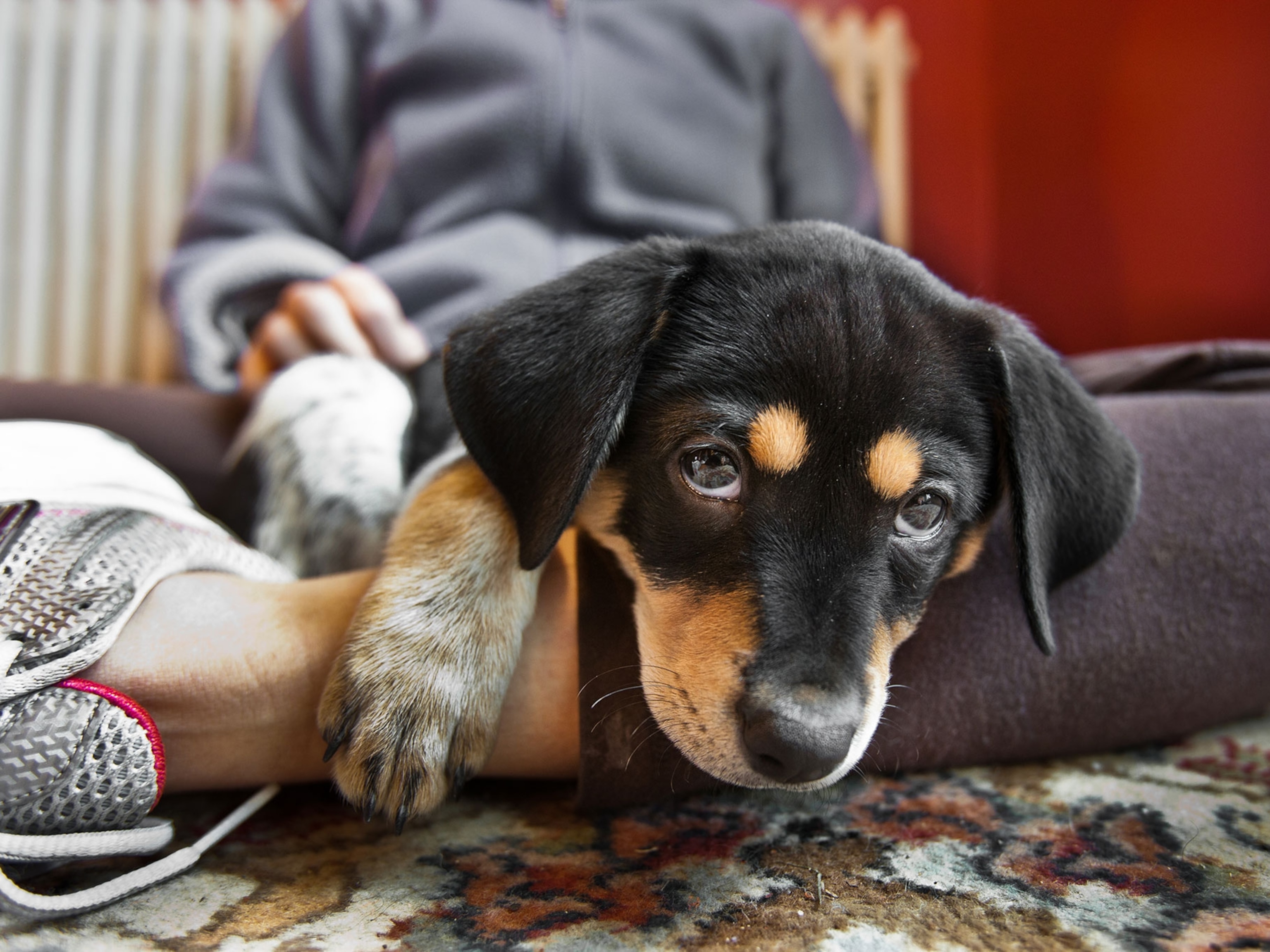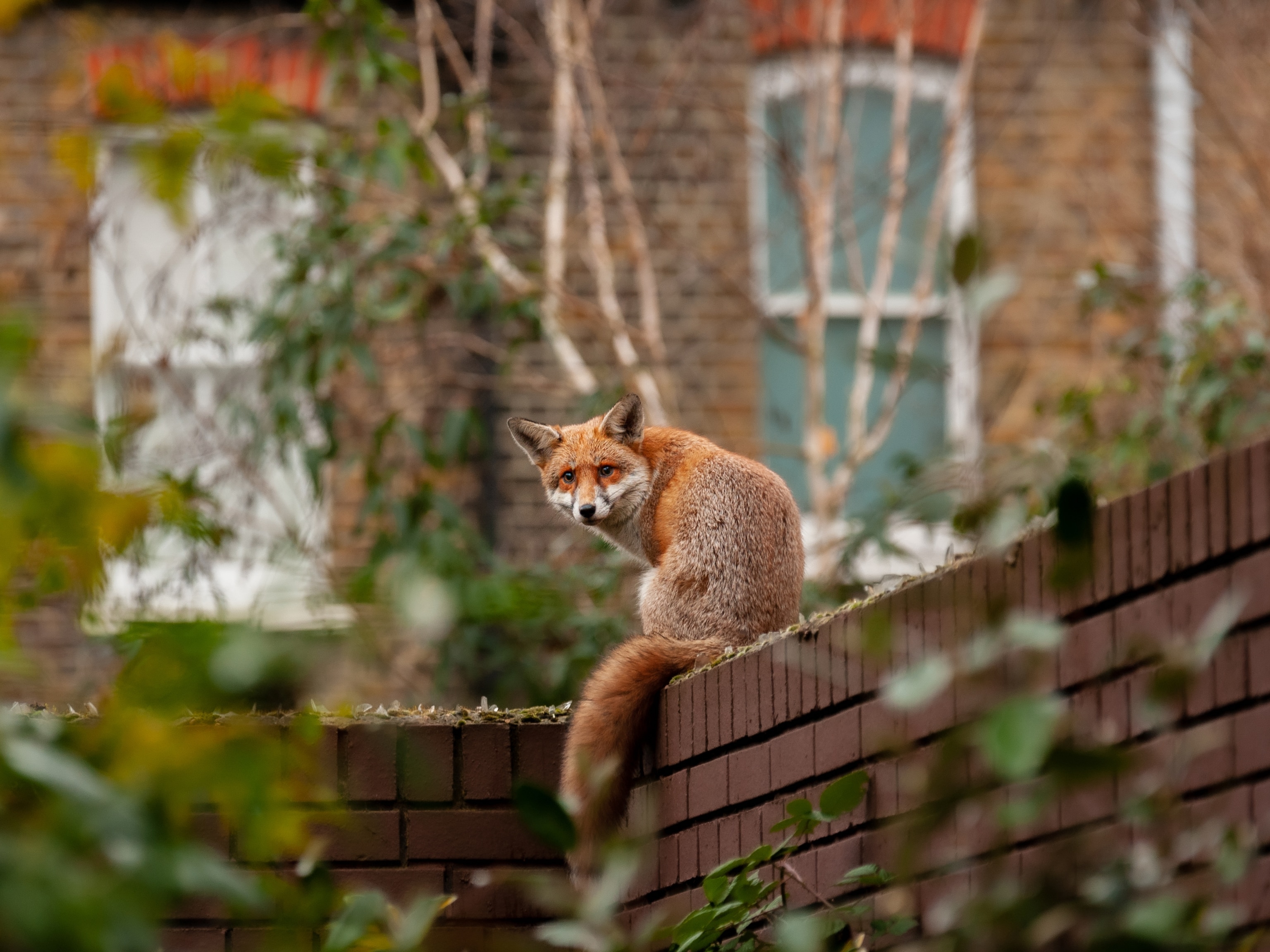
The Fast and the Furless: Explaining Newly Recognized Dog Breeds
The American Kennel Club's latest members, the sloughi and the American hairless terrier, have some intriguing histories.
Meet the fast and the furless new members of the American Kennel Club: the greyhound-like sloughi and the American hairless terrier.
The two new additions, which bring the AKC's total breed list to 189, have some quirky characteristics—and couldn't be more different.
As its name suggests, the American hairless terrier is typically bald as a result of a recessive gene found in rat terriers. (Also see "New Clues on How and When Wolves Became Dogs.")
In the early 1970s, breeders in the U.S. began selecting for that gene, eventually giving rise to a new breed of hairless canine that resembles a Dalmation mixed with a chupacabra.
The American hairless terrier’s skin, which can be spotted or solid gray, is smooth to the touch. The animals are especially popular with people who suffer from allergies.

“Except there’s a twist,” says Gina DiNardo, vice president of the American Kennel Club. “Some American hairless terriers do have hair.”
Because the hairless gene is recessive, all it takes is one dominant hair gene to make the dogs produce a wiry coat, she says.
Born to Run
In contrast to the newly distinct American hairless terrier, the sloughi (pronounced SLOO-ghee) is a breed that’s likely been around for thousands of years.
“There are paintings found in North Africa dating around 7,000 years ago with pictures of dogs that look very much like sloughis,” says DiNardo.
While the smooth-coated, short-haired sloughi’s genetics may be ancient, the breed was only introduced to the U.S. as recently as 1973.
Like greyhounds and whippets, sloughis were bred to chase prey over long distances. (If they were on a football team, they’d be wide receivers.)
It’s for this reason DiNardo recommends not taking them off of the leash unless you’re in a fenced area.
“Those traits that have been bred for thousands of years are still in that dog,” she says, “so if it sees something little running, it’s going to go chasing right after it.”
Waiting in the Wings
Unfortunately for the newbies, the breeds won’t officially be allowed to enter the renowned Westminster Kennel Club Dog Show until 2017. (See "Dogs Are Even More Like Us Than We Thought.")
However, when the breeds do become eligible to compete for Best in Show, they may have to watch out for the newest canine on the block. In July 2016, the AKC plans to formally recognize a small-to-medium-size Hungarian sheepdog called the pumi.
And unlike its American hairless cousin, this pup’s got plenty of hair to parade before the judges.
Follow Jason Bittel on Twitter and Facebook.




